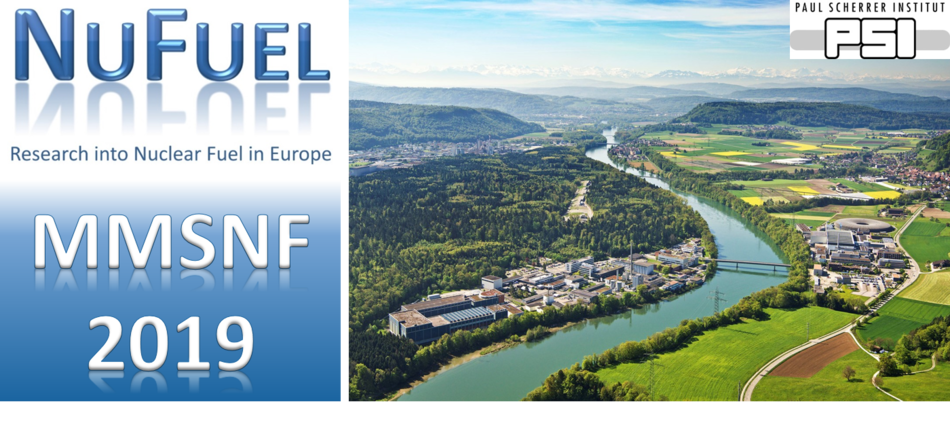Speaker
Description
The Sodium Fast Reactor (SFR) is one of the reference reactor among generation IV nuclear systems. The investigation of severe accidents is essential for the design of SFR reactors. In fact, during a severe accident, the MOX fuel, steel cladding and B4C neutronic absorbers can interact forming a complex mixture of gas, liquid and solid phases. In order to predict the phase equilibria at high temperature, the development of a thermodynamic database on the (U-Pu-O)-(Fe-Cr-Ni)-(B-C) system is required to perform thermodynamic calculations. To provide input data for the modelling, an experimental thermodynamic study is carried out.
In a first test, where mixed powders of UO2, B4C and small pieces of Fe have been mixed and heated at 1900°C for one hour, we have shown that UO2 has been reduced by B4C to form U-Fe-B and U-Fe-C ternary compounds. These compounds will have to be introduced in the CALPHAD model. To study the effect of the steel alloying elements (Ni and Cr), a heat treatment has been performed in the same conditions (1900°C for one hour) on a sample made by arc melting from B4C, steel and UO2. The chemical composition of the phases have been measured by EDS and EPMA.
In addition, in order to be closer to the real fuel materials geometry and to study the kinetics of the reactions at the materials interfaces, diffusion couple tests on UO2 pellet / steel cladding / B4C pellet samples have been performed at temperatures below 2000°C and for several durations (maximum 7 hours). In these experiments, Knudsen Cell Mass Spectrometry has been used to follow the gaseous species release during the reactions. All these results will allow to conclude on the deviation from thermodynamic equilibrium conditions and to assess the reaction kinetics.

